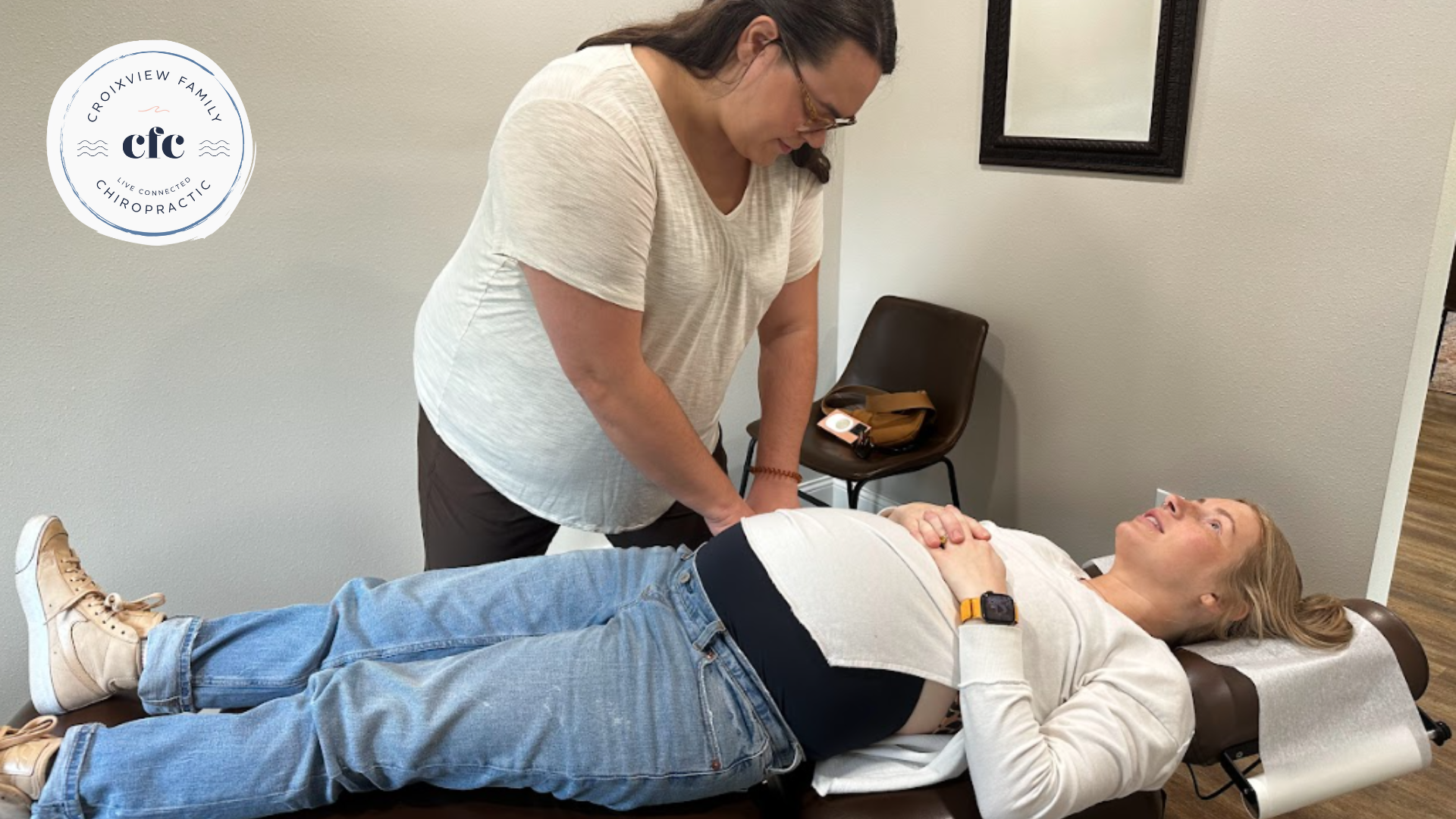
When you decide to have a baby there are so many things to consider when it comes to their health. One of the main questions women today face is whether to breastfeed. There are so many amazing health benefits for you and your baby but that doesn’t always mean it is easy. Though it is a natural process for our bodies there is a learning curve for both new moms and babies. Let address some common issues and ways them can be overcome!
- Sore nipples-this is a main concern for new moms as your body gets used to feeding your new baby. Ensuring your baby is getting a good latch is key to comfort for you and baby. If nipples are cracked in the beginning keeping them dry between feedings, avoid tight fitting clothes, change nursing pads often, avoid harsh soaps and use lanolin cream or ointment specific for breastfeeding. If pain continues seek out a lactation consultant who can identify if there are latch issues and teach a new mom ideas for new positions that can be more comfortable.
- Not producing enough milk- through a release of hormones between mom and baby most mothers’ bodies will produce enough milk. Mothers will worry that when breastfeeding there is no way to know how many ounces of milk your baby is eating daily. One sure way to know if your baby is getting enough milk is to keep track of height and weight on a regular basis to ensure your baby is thriving. This is something your doctor or midwife can do but there are also other resources. Baby café is a gathering of women who are supporting other mothers in breastfeeding. There is a gathering in River Falls for Baby Café every Tuesday from 10-12 where your baby can get weighed and you can get advice from a lactation consultant and other moms. Ask next time you are in the office if you have questions or check them out on Facebook.
- Breast engorgement-this is when milk begins to build up in the ducts and causes breast fullness, tenderness and eventually make your breasts hard and painful. It can commonly happen to women within the first week of giving birth, but it could happen anytime. The best way to prevent this is breastfeeding often. If left unchecked it can lead to mastitis or a clogged duct (see #4). Seek consultation from a lactation consultant to make sure your baby has a good latch and learn how to massage the breast and express milk when necessary.
- Mastitis-an infection of the breast tissue. The affected side will be sore, red and there may be a possible lump. Other symptoms can be fever, nausea and discharge. Many women will stop breastfeeding, but the opposite is true. The infection will heal FASTER if you keep nursing on that side every 2 hours, this will prevent engorgement. Between feedings applying heat and massage the sore area can be helpful. Do not wear tight fitting clothing that is constrictive. As with any other type of infection rest and fluids are important for the healing process. Similar symptoms can appear with a clogged duct which will also generally go away with the same self-care. Contact your doctor if your symptoms are not getting better on their own after 24-48 hours, there is blood in your milk or hot red streaks on your breast.
This is really just the beginning of this conversation. If you are pregnant, a new mother or even a mother who has several children already know there is always help! There are so many resources to available to you. Breastfeeding has so many benefits, but it is HARD. In a recent survey found that 92% of new mothers struggled in the beginning. It can be a rewarding experience if you get the help you need. Comment below if you have questions or need a resource. You got this!



